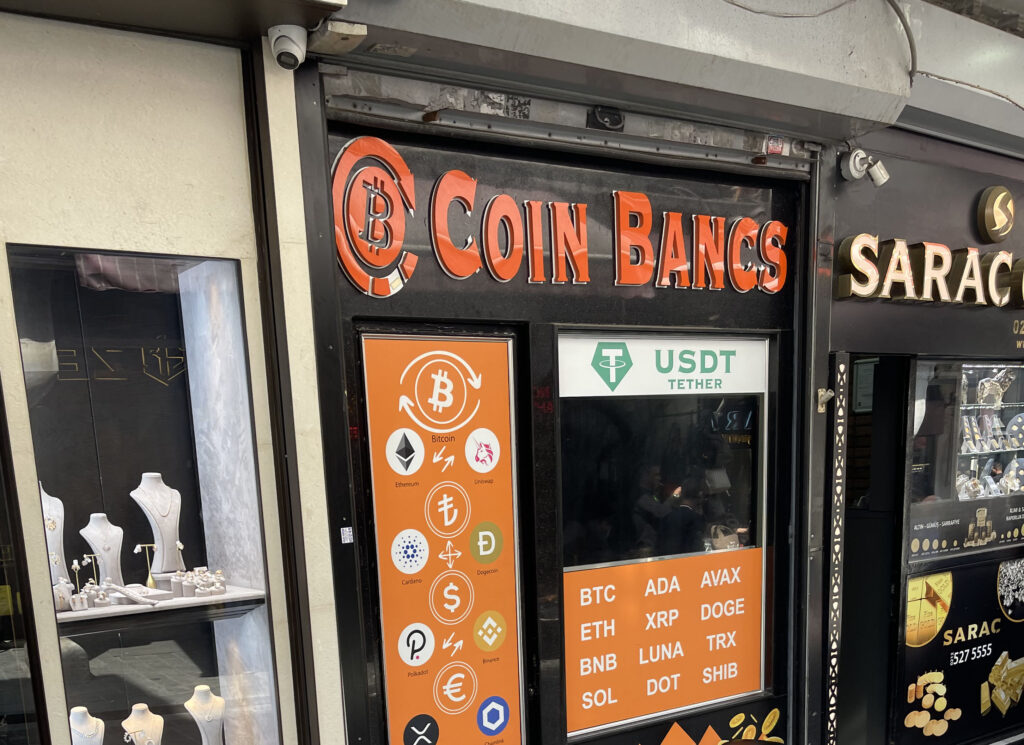![]()
What is Crypto?
The crypto movement started with the brilliant idea to develop a decentralised system to enable financial transactions to be carried out without the involvement of traditional intermediaries, such as banks. The White Paper by the mysterious “Satoshi Nakamoto”, published in 2008, set out an innovative process for transaction verification, a blockchain: a shared, immutable ledger that facilitates the process of recording transactions and tracking assets in a network. This record’s immutability would prevent double-spending problems that might otherwise occur without intermediaries. Using this technology the first cryptocurrency, Bitcoin, came into usage in 2009. Other cryptocurrencies and other blockchains developed soon after.
Bitcoin developed partly as a reward for those who verified the transactions in the blockchain process, but its value did not depend on any underlying asset. The value of these “unbacked” cryptocurrencies depends often on market sentiments and it can therefore fluctuate wildly. There are also asset-backed cryptocurrencies, such as Tether, known as stablecoins that have values that are “pegged” to assets such as US dollars.

Going back to the origins of crypto and the aim of decentralisation some cryptocurrencies are operated through a Decentralised Autonomous Organisation, a DAO, which has no governance structure like that of a company. Instead, decisions are taken by members, often using smart contracts and utility tokens.
Although blockchains were developed to eliminate the need for intermediaries, by enabling peer to peer transactions, many who would be interested in investing would not have the technical knowledge to transact. For this reason, crypto exchanges developed, allowing customers to trade stocks or cryptocurrencies (or both) in return for fiat currency. The main type of exchange is a centralised exchange but there are also decentralised exchanges, often called DEx or De-Fi, which enable transactions to be carried out peer to peer more easily. Some exchanges also operate using a DAO structure.
Other crypto assets include utility tokens which operate via smart contracts and are designed to grant to owners’ rights to perform a specific action or claim a particular benefit on a website or to take part in decisions about crypto coins or blockchains. For example, in a DAO, often the utility tokens represent a voting right to vote on key governance decisions of the DAO.
